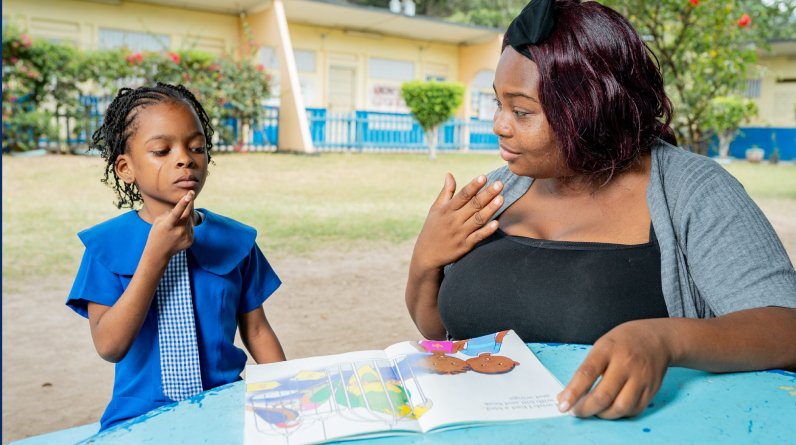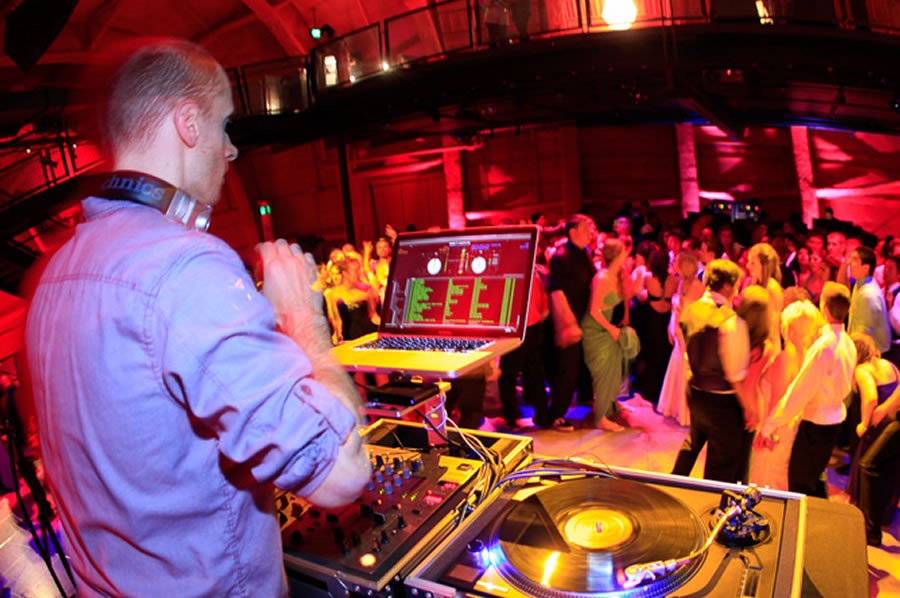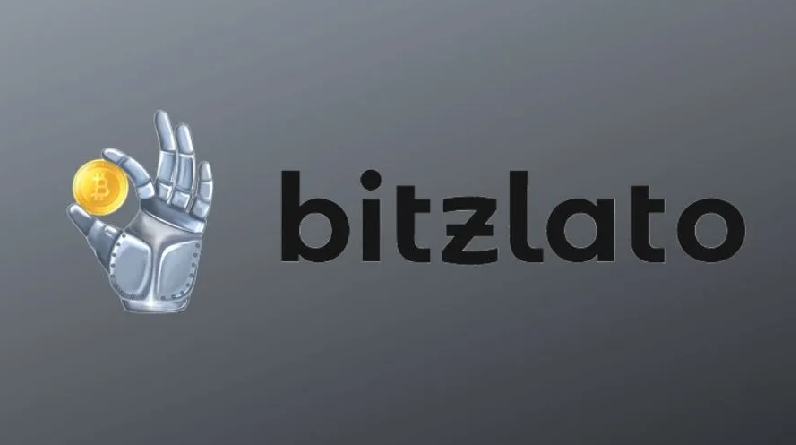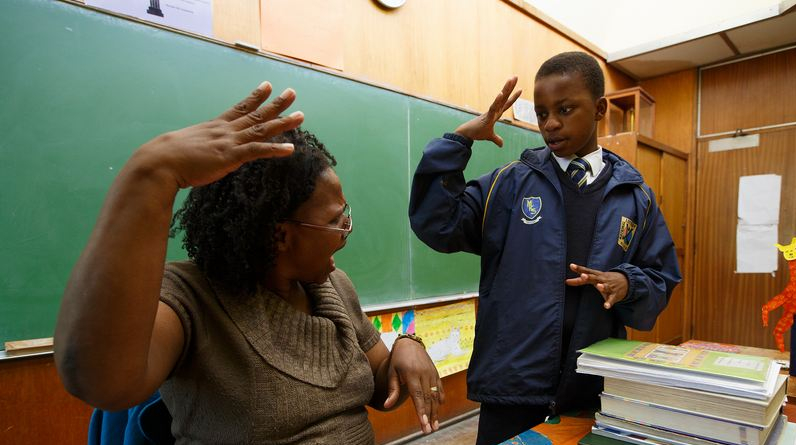Globally, about 34 million children suffer from severe hearing loss. Over ninety-five percent of deaf children are born to hearing parents, making fluency in sign language an absolute necessity. Deaf children are taught the fundamentals of expression and communication through sign language. Most deaf children in low-resource settings enter primary school with limited or no linguistic skills, making sign languages a crucial factor in providing access to the curriculum and paving the way for future academic success.
However, as of 2018, only 41 countries (including 21 EU members) officially recognise sign language as an official language. The morphology, phonology, and syntax of the various national sign languages is also unique. There are seven variations of Dutch Sign Language. This will not be an easy task.
Rules and Regulations Matter
The United Nations Convention on the Rights of Persons with Disabilities, the United Nations Standard Rules on the Equalization of Opportunities for Persons with Disabilities, and Article 16 of the legally binding 2018 Protocol to the African Charter on Human and Peoples’ Rights on the Rights of Persons with Disabilities in Africa all address the use of sign language in educating deaf children.
Several countries, such as Ethiopia with its 2016 education law or Latvia, the Republic of Moldova, and Slovenia, recognise sign language as a valid medium of instruction, as we found in our analysis of laws and policies on inclusion as documented in the PEER country profiles. 45 out of the 50 states in the USA have this law on the books.
Jamaica officially included sign language in its curriculum last month. With an estimated 60 sign language teachers on staff, South Africa’s adult literacy programme, Kha Ri Gude, provides instruction in all 11 official local languages.

To better include students who are deaf or hard of hearing, Georgia has developed sign language standards; meanwhile, vision impairment standards are being developed. Uzbekistan’s Ministry of Preschool Education has produced a series of sign language-interpreted television shows and online classes, master classes, and experiences geared toward children aged three to seven who are currently living in nomadic communities.
Accommodations in the testing process are common. The Higher Education Disability Support Program in Australia provides funding for things like sign language interpreters, note takers, and exam assistance as part of the Higher Education Participation and Partnerships Program. Students in Croatia, Georgia, Mongolia, North Macedonia, the Republic of Moldova, and the Russian Federation have the option of taking written exams instead of oral ones if they have significant difficulties with oral communication.
Of course, in many parts of the world, NGOs were the pioneers in providing services for deaf students, and they remain the case in many settings today. The Association of Deaf Uruguayans, for example, set up a centre for Uruguayan Sign Language and collaborated in creating the Association of Parents and Friends of Deaf Uruguayans, which funds schools for the deaf and prepares their students for successful independent participation in social and economic life. As a result of these sorts of initiatives, many national governments now view NGOs as fully equal partners in achieving inclusive education goals.
Studio KSL is an eKitabu project that uses videos dubbed in Kenyan Sign Language to supplement digital children’s storybooks about topics and characters that are important in Kenya. These books are then published in the freely available EPUB format. The storybooks feature discussion questions and a glossary of sign language terms for use in the classroom.
Accessibilities for the deaf are expanding thanks to ICT-based strategies. Universities in Scotland (United Kingdom) and Tunisia have implemented systems that connect the microphone and receiver to the students’ hearing aids. Bachelor’s and master’s degree programmes in computer science and engineering using ICT are available to the deaf and hearing impaired at Bauman Moscow State Technical University.
There needs to be early and concrete interventions for students with hearing or oral difficulties, regardless of the approach taken to adapt and accommodate educational systems. Without proper linguistic support, students of sign language are more likely to be victims of abuse and may experience other negative outcomes such as learning delays or difficulties.
See Also: The $700 Million Cryptocurrency Exchange Bitzlato Was Founded On Is Being Sued For Financial Crimes
Unfortunately, acknowledgment does not guarantee action. While sign-language was officially recognised in Zimbabwe in the country’s 2013 Constitution, its role in the classroom remains unclear. Most deaf children do not have a home setting that is conducive to learning sign language. They’ve developed their own system of teaching it amongst themselves, with each school teaching a slightly different method. Large class sizes and a lack of dictionaries make it difficult for teachers in rural primary schools to meet the needs of their deaf students. Educators are split on whether or not sign language is an effective means of communication for the deaf, with some arguing that it is best left to be picked up on the side. Some are uneasy with the idea of having assistants in the classroom, while others worry that it will prevent them from learning the spoken language.
Unfortunately, many students do not receive adequate assistance. Some students in India, as elsewhere, cover the cost of hiring sign language interpreters on their own.








